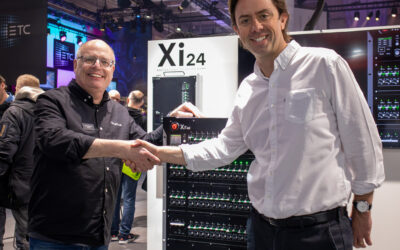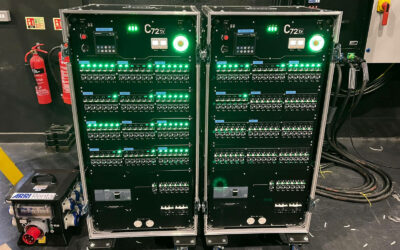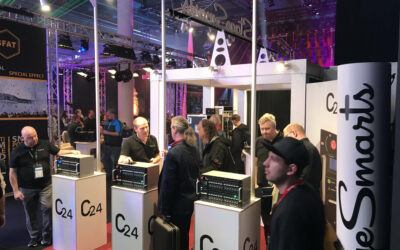In Europe, there is a legal requirement to have 30mA residual current protection (a k a “earth leakage”) on all final circuits rated 32A or less. The purpose of this is to protect against electric shock, should a person get in contact with a live wire while at the same time having contact with ground. In that situation, a tiny amount of current does return back to the power source but rather leaks to ground through the person in contact.
The protection works by comparing the returning current with the outgoing. If there is more than say 30mA missing, the protection device switches off. While 30mA (milliamps) might seem low and harmless, it is quite enough to give you a nasty electric shock, or worse. A lower limit, say 10mA, would offer even better protection but would also lead to practical issues.
You see, residual (leakage) currents are always present. Some leak out of the products that are powered, some due to insulation problems, moisture etc. A product can generate several milliamps of residual current and still comply with regulations. It’s not a design fault, it is a consequence of other legal obligations, particularly the need to comply with EMC regulations.
An residual current device simply can’t tell the difference between harmless background leakage due to connected products and current going through someone’s body. So, residual currents are a fact and we need to manage them in the best possible way. This starts with establishing some facts:
If we know that our products (say an LED video panel) generates 1.5mA leakage current (a typical figure) then we can (in theory) let 20 panels (30mA / 1.5mA = 20) share a common RCD.In theory yes, but not in practice and for two different reasons: A 30mA RCD rarely trips as high as 30mA. The standards allow for a tolerance of +0 and – 50% of the rated trip current. This means that the RCD must trip at no higher than 30mA but may trip at a current as low as 15mA (30mA -50%).
So, a 30mA RCD can trip at 15mA and still be within specification. This is particularly true of low cost RCDs but also some well-known brands are guilty of “loose tolerances”. So the probably safe number for conventional RCDs is quite a bit lower than 30mA.
The second reason for caution is that the residual currents are not super stable and static. A nominal 1.5mA leakage current can be a bit higher under certain circumstances. And add to that, particularly in outdoor use, a degree of residual currents caused by damp conditions.
So what would we recommend? First of all – do not use power distribution where a common RCD protects multiple circuit breakers. In this case, the 30mA limit is shared by all the circuit breakers. A lot of power distribution units are built that way. It’s 100% legal but not very good practice.
Instead, use one RCD per circuit. This is commonly done by using an RCBO (and RCD and circuit breaker combination).
This also helps to locate the circuit at fault in case of the RCD tripping. With a common RCD shared by multiple circuit breakers, locating the fault becomes a tedious and time- consuming trial and error exercise.
It goes something like this:
– Switch off all the circuit breakers.
– Turn on the RCD.
– Switch on circuit breaker #1 – all good.
– Switch on circuit breaker #2 – all good.
– Switch on circuit breaker #3 – all good.
– Switch on circuit breaker #4 – CLICK! – the RCD switches off.
“Aha circuit #4 is where the problem lies!”
Not so fast… it’s possible that the residual current adds up, circuit by circuit. Let’s say each circuit adds 8mA of residual current. By circuit #3 it’s up to 24mA and when circuit #4 is added – CLICK!
You can try that by repeating the exercise by switching on the circuit breakers in the opposite order. If the RCD then trips when circuit #1 is switched one, well there it is! Again, the use of RCD protection per circuit using RCBO’s is strongly recommended. This gives you the maximum loading capacity per circuit and minimal impact of any RCD tripping.




